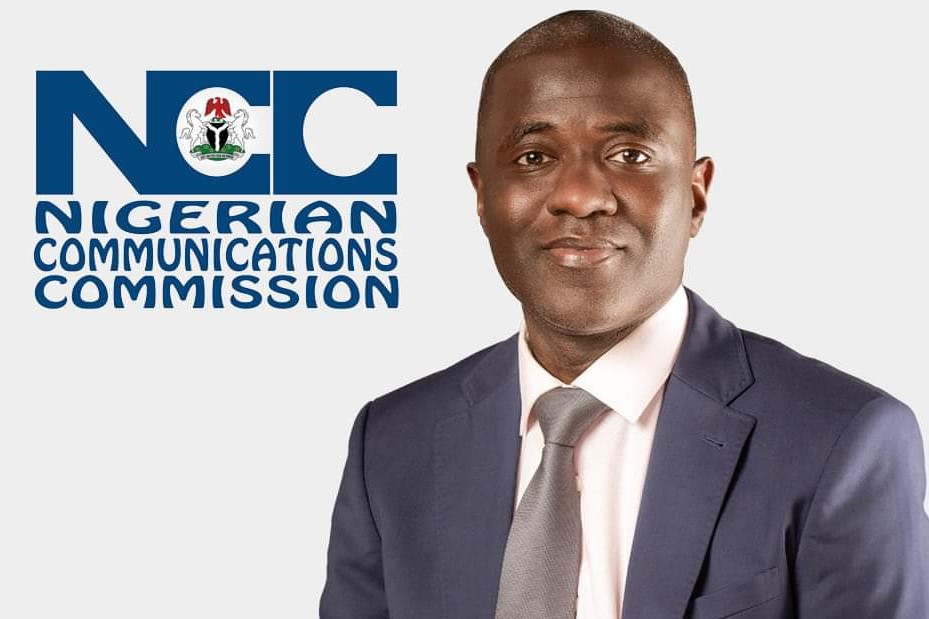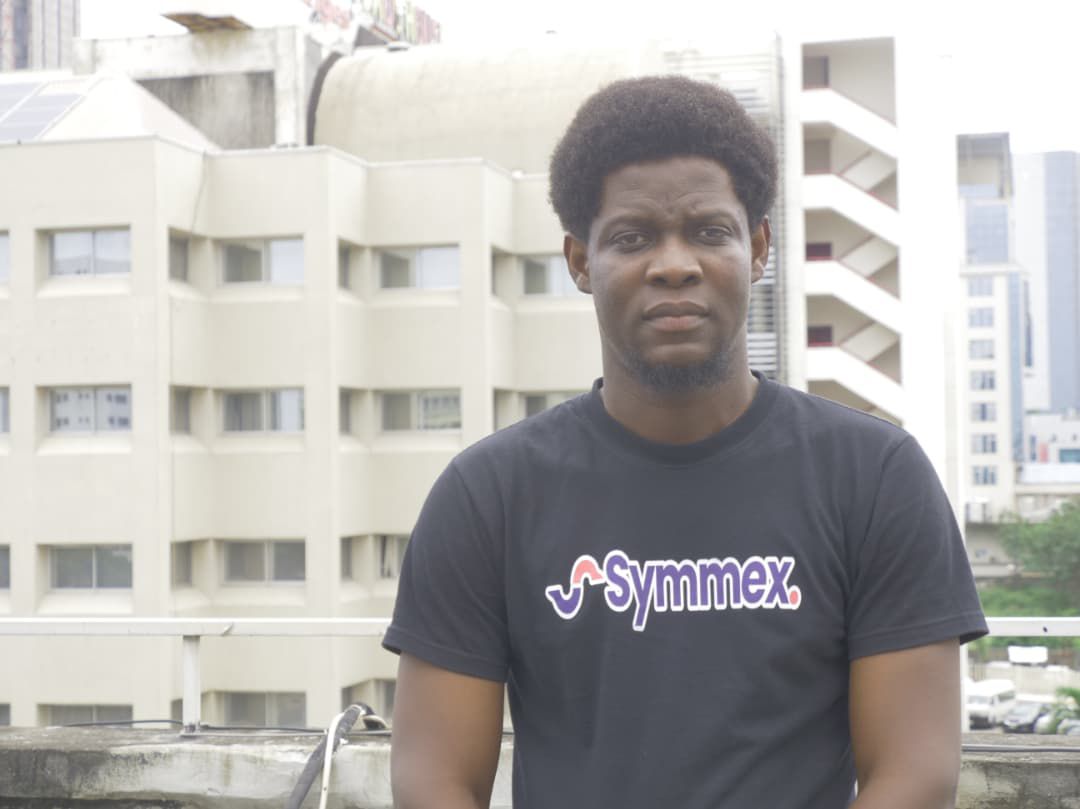It was the news by Strive Masiyiwa last week of the launch of the multistory building by his company, Africa Data Centres, at the Eko Atlantic City that jolted me to the fact that I still had not done the story I have been wanting to do on Eko Atlantic City for our magazine.
Of course, it is not for want of trying. We had made several attempts to visit and te ll the story, in our own way, but as it is, our ‘people’ still don’t get how important it is to tell our stories in our own way, by those who genuinely celebrate it, rather than running after those who only grudgingly tell it as a footnote to theirs.
ll the story, in our own way, but as it is, our ‘people’ still don’t get how important it is to tell our stories in our own way, by those who genuinely celebrate it, rather than running after those who only grudgingly tell it as a footnote to theirs.
By the way, Strive Masiyiwa had mentioned that this building, which he says is home to Nigeria’s biggest Data Centre, built during the pandemic, is one of four under construction in Nigeria.
The story of Eko Atlantic City is fascinating. It is such an Audacity that if this were to be elsewhere in the world, say Dubai, some will be struggling with superlatives to qualify it. But as it is a Nigerian story, it does not hit home as it should. In the words of Ade Adefeko, “… like the South Africans will say, Nigeria is moon years ahead but we don’t seem to realise but are wont to harp on our weaknesses all the time”.
The idea of a City on the Sea as a response to the rage of the sea sounded as a most unlikely solution when it was mooted years ago, even as the Atlantic ocean routinely bared its fangs, swallowing everything on its way, with half of Ahmadu Bello way already on its way into the belly of the sea and the increasing likelihood of much of Victoria Island following suit. The Bar Beach, as we knew it, was all but gone.
Indeed, the journey didn’t start then. The beach was once over a kilometre from the sea, we were told. But the interruption in littoral drift, starting with the construction of the rock moles at the entrance to the Port of Lagos, the construction of the East and West moles, which began in 1905 and ended in 1912, allowed for the dredging of the Commodore channel, allowing for larger vessels to access the port of Lagos, which had been impossible before then.
“By 2005, some 100 years after the construction of the moles, 2 kilometers depth of beach front, being the entire Bar Beach, was lost to erosion leaving Victoria Island directly exposed to heavy ocean surges and with no protection from the Atlantic Ocean.”
The idea of building a city to arrest the looming ecological disaster was ridiculed by many and not well received by some ‘experts’ and environmental activists. We were told it was a suicidal move that does not bode well for the project and the environment.
But as the promoters explained, it was primarily about reclaiming what had been lost as a buffer against the rage of the ocean. In any case, a part of the project is the
construction of what is now known as the “The Great Wall of Lagos”.
The wall, said to be the longest sea revetment in the world, at 8.5 km is 9m above sea level, 8.5m long, and 67m wide at the base, built to protect the Eko Atlantic city, Victoria Island, and parts of Lekki.
Following a concession agreement between the Lagos State Government and the company which pitched the idea to the government, work started in 2008 with the Great Wall.
That started with depositing of rocks at the base of the sea, with time taking shape below the surface and above. Following that was “building the primary armor section of the Sea wall: A series of interlocking, x-shaped concrete blocks that are called accropodes. Each accropode is made of reinforced concrete, built on site, and weighs a total of 5 tons. Eventually 100,000 accropodes will be placed in a predefined grid, using a GPS system for pin-point accuracy…”
Today, the Great Wall stands, doing its work, ocean surge now a thing of the past there. Eko Atlantic City now sits on a 10million square meters of land reclaimed from the sea. The city is being built.
A list of the completed and ongoing projects are:
– A & A Towers
– African Data Centre
– Alpha1
– AMNI Towers
– Anglican Church for All Nation
– The Audacity Skyline
– Azuri Towers
– Eko Energy Estate
– Eko Pearl Towers
– Pan Atlantis Tower
– Phoenix Tower
– TM Highgardens
Days back, the CBN Governor announced plans to set up an International Finance Centre at EKO Atlantic City which would become fully operational in the 2nd quarter of 2022. He says it will “help to position Nigeria as a key destination for investment in Africa.”
It is the decision by the American government to locate its new Consulate General at the Eko Atlantic City that is even more interesting. She is building the Phoenix Tower at the cost of $319 million.
The building is said to have been designed by a US firm, partnering with a Nigerian Architect. The project sits on 12 Acres, almost 50,000 square metres site, which is almost 6 times the size of a football pitch, with the 27 level tower itself sitting on 3,442 square meters.
If there was any doubt that the idea of a City on the Sea was a foolish one, the increasing interest being shown in a space said to be the most expensive in Africa is a signal that it might not be as foolish as some tagged it.
What was a huge problem, defiant of solutions that had been thrown at it, was seized upon and turned around as not only a solution to the problem, just by itself, but a prime asset, a city on the Sea set to be a tourist and business attraction for years to come.
#ekoatlantic #ekoatlanticcity
Written by Simbo Olorunfemi
* 02. 12. 21






